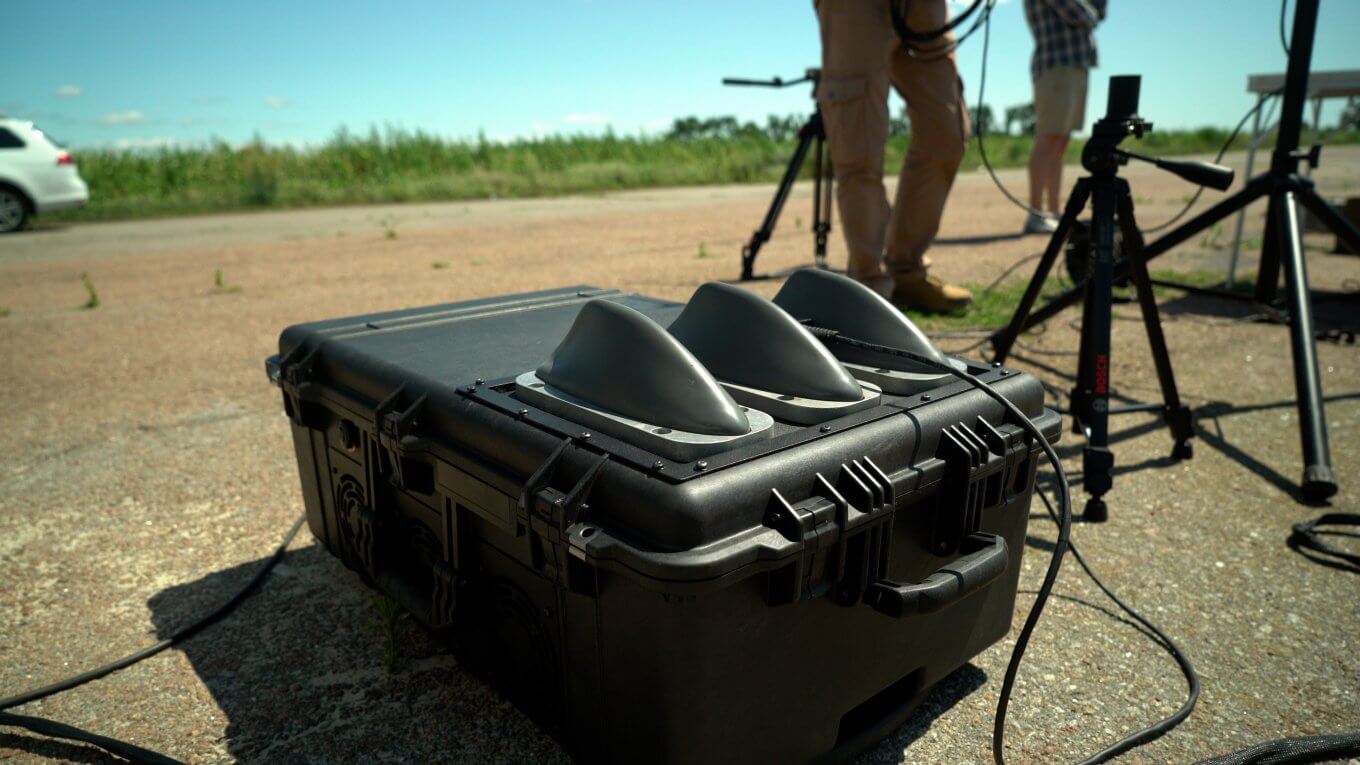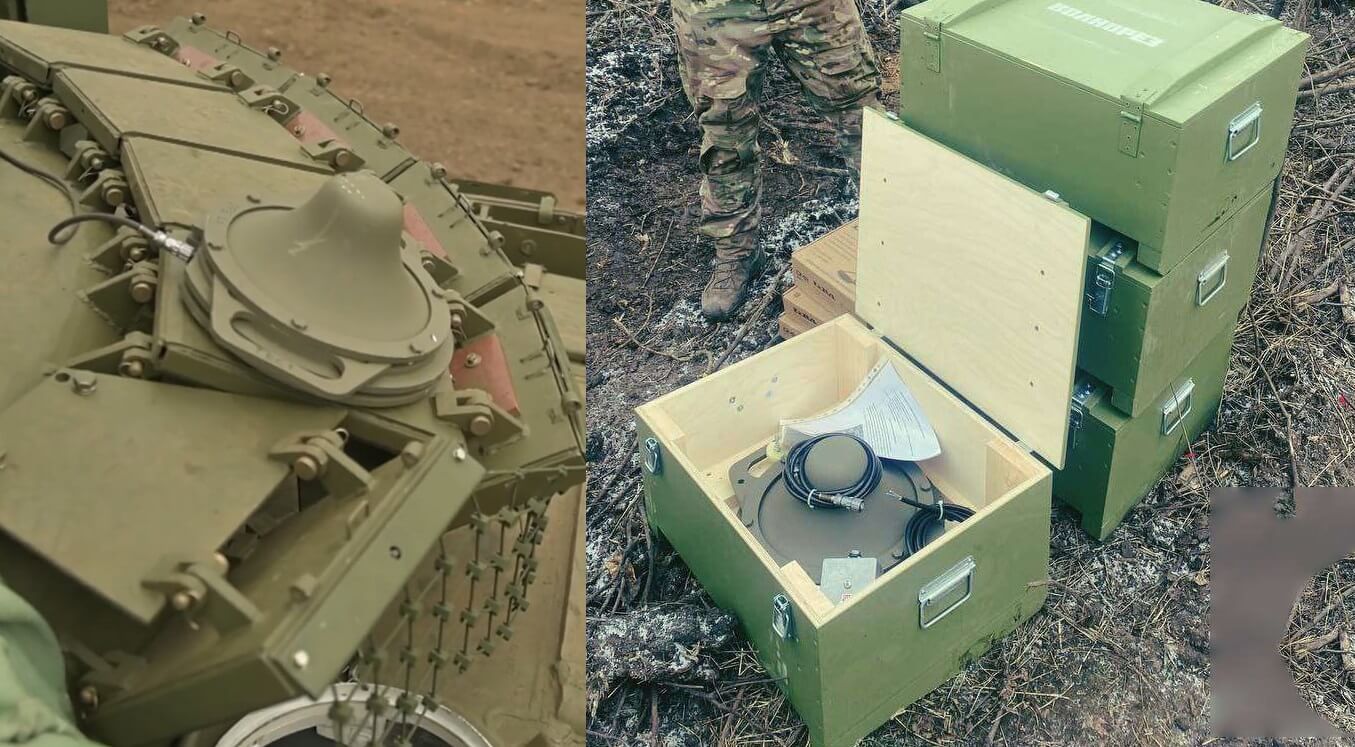The Kamikaze or Suicide drone or loitering munition are presenting a new challenge to forces on today’s battlefields much like the proliferation of IEDs (Improvised Explosive Devices) demonstrated particularly in Iraq and Afghanistan.
As with the IED a main target of these drones is attacking tactical and combat vehicles. Once again the search for effective counters to this under appreciated threat is a major focus.
Perhaps not surprisingly one approach of these initiatives has been to target the communications links that control the unmanned aerial platform and support its ability to navigate.
Handheld systems like the DroneGun by DroneShield and fixed systems like the TRD Systems Orion actively disrupt the radio frequency command links of a drone while also jamming GNSS satellite navigation signal.
These and similar systems have proven effective in field use by dismounted soldiers and in protecting fixed sites. Their designs and characteristics, however, make them inappropriate for vehicles.
In response to the IED the US Army developed the CREW Vehicle Receiver/Jammer (CVJR) a vehicle mounted electronic jammer that according to a supplier L3Harris “is designed to prevent the detonation of IEDs often triggered by off-the-shelf radio frequency technology” by jamming a threat transmitted signal. The CREW was widely adopted and fitted to vehicles operating in combat areas.
In August 2023 the Ukrainian firm Piranha-Tech demonstrated its Dome 360 an anti-drone system specifically developed for armoured vehicles. Integrated into the vehicle with only its antenna external, it suppresses both control signals and satellite navigation of unmanned aerial vehicles to a range of up to 700 meters. It covers frequencies used by commercial quadcopters and first-person view (FPV) drones as well as Lancet loitering munitions.

In addition, it suppresses not only GPS but also GLONASS, BeiDou, and Galileo satellite navigation systems.
In November 2023 Russian social media highlighted its force’s introduction of the “Volnorez” electronic warfare system also designed to defeat the FPV drone. First seen at the Russian Army Expo 2023 it reportedly is being fit to T80BVM main battle tanks Ukraine. Transmitting at a frequency range of 900 to 2000 MHz it disrupts a drone’s signals at over 600 meters, thus, interrupting their control links. Volnorez attaches magnetically and is understood to be able to be added to existing vehicles. It has been shown has an element of a larger counter-UAS protection kit that includes reactive overhead armour.
These vehicle on-board drone jammers are likely to be one piece of a successful counter to the “killer drones” much as the earlier Counter-IED systems were. Like them though it will take time to introduce them in the numbers necessary to significantly mitigate the impact of these new weapons and even then the defence will never be perfect.
by Stephen W. Miller














